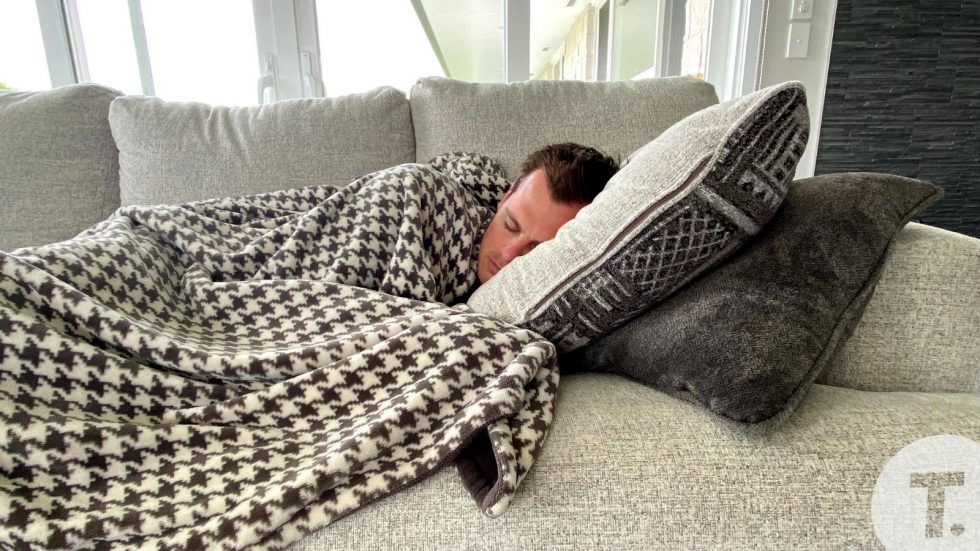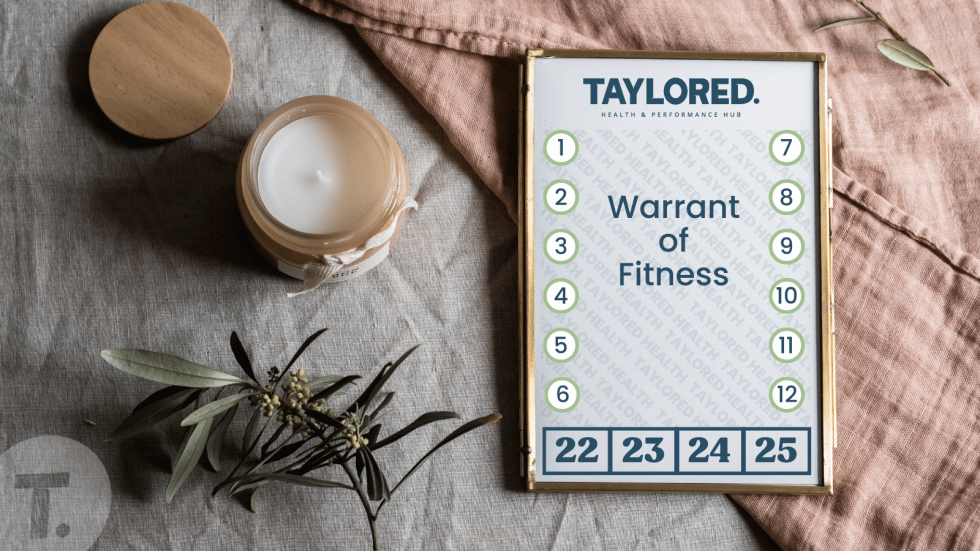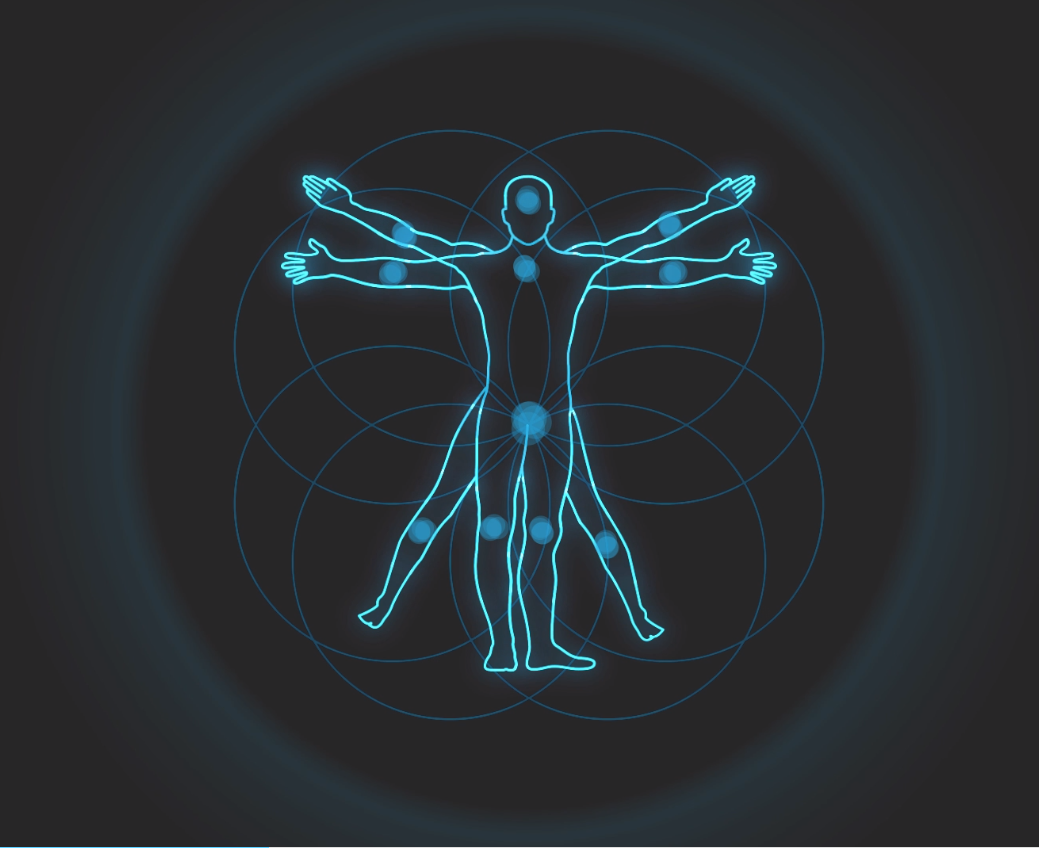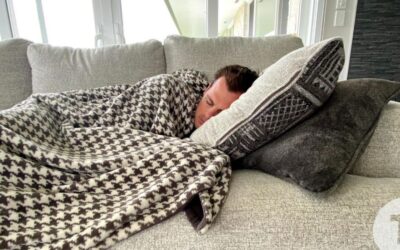Why Choosing a Smart Ring is Overwhelming
Whether you’re new to wearable health technology or a seasoned expert, picking the right smart ring can be daunting. With new models launching constantly, it’s easy to get caught up in marketing hype and lose sight of what actually matters.
As a health and performance specialist and long-time smart ring user, I’ve spent months testing these devices side-by-side to provide a real-world comparison beyond the marketing fluff.
Familiarity Bias
I’ve been an Oura user (for 6+ years) since their Gen 2 model. As with any long-time product experience, familiarity bias can creep in—especially when it comes to app interfaces (just ask any Mac user).
That said, I’m not here to blindly defend Oura. In fact, it may not be my top pick anymore. This review is based on actual experience, not nostalgia.
How I Tested These Rings
To ensure a fair comparison, I wore multiple rings at once, stacking up to four rings (Oura Gen 4 & 3, Ultrahuman Ring Air, and Samsung Galaxy Ring). At times, I felt like Thanos collecting Infinity Stones, but it was the best way to get an accurate, real-world comparison. I started in Q2 2024, wearing Oura Gen 3 & Ultrahuman for months, then adding Samsung once my pre-order arrived. When Oura Gen 4 launched, I continued testing against its predecessor for a couple of days to compare comfort.
I Focused On:
✅ Comfort & wearability
✅ User interface & app design
✅ Battery life & charging convenience
✅ Accuracy & trustworthiness of data
✅ Activity tracking effectiveness (or lack thereof)
✅ Connectivity & device compatibility
✅ Customer service & overall experience
✅ Pricing & long-term value
User Experience (UI & App Design)
- Oura: Strikes the perfect balance between simplicity and depth. You get an intuitive dashboard for quick insights while retaining the ability to dive deep into trends. I rarely feel lost in the data.
- Ultrahuman: I find the dashboard a bit more overwhelming, with more going on. However, it provides more actionable data than Oura, such as highlighting total sleep cycles & sleep debt. Plus, I enjoy how it highlights with colour if you have increased or dropped within a metric from day to day. I find myself craving these insights more and more. Additionally, with their growing option of PowerPlugs, I am excited to see where this goes, allowing me to tune into metrics that really matter to me.
- Samsung: Basic, clunky, frustrating. Given their expertise in UI and wearables, this was a huge letdown. The UI is not user-friendly, and interpreting the data can be a struggle.
Comfort & Wearability
- Samsung Wins: The concave design makes it feel smaller than it actually is.
- Oura Gen 4: Close second. Very comfortable, but the brushed silver scratches way too easily.
- Ultrahuman: Surprisingly lightweight, but the sensors are more pronounced. While it’s not bulkier overall, you can feel the sensors more than with Oura or Samsung.
- Oura Gen 3: Very similar feel with sensors but slightly heavier than the Ultrahuman.
Battery & Charging
- Samsung Wins: While all rings last approximately 5–7 days, Samsung’s portable charging case is a game changer. It displays charge levels without needing to open the app, and you can check the battery status on the ring itself by removing the ring from your finger for a few seconds—flashing green for charged and red for needing a charge.
- Oura & Ultrahuman: Both require app syncing to check the battery.
Accuracy & Data Trustworthiness
How well do these rings actually track your health?
Smart rings don’t directly measure sleep—they estimate it. To gauge accuracy, I compared their data to a clinical research-grade EEG Headband (Dreem 3):
- Oura & Ultrahuman: Best performance. They closely matched EEG data, with expected minor inaccuracies in sleep cycles.
- Samsung: It was all over the place. It punished me for sleeping longer (9 hours). I am not sure why this is the case, and as a specialist in this area, I disagree with 9 hours being excessive—especially with my activity level. Therefore, this really frustrated me, with a Sleep Score in the 90s on Oura and Ultrahuman and then in the 70s–80s in Samsung, when the only variable seems to be sleep duration.
- Biggest Frustration: All three rings struggle with adjusting sleep times if they miscalculate wake-up time with a bathroom trip. I could only reduce the sleep window, not lengthen it.
Activity Tracking: Not Their Strength
These rings are not fitness trackers. Period.
- All fail at accurately tracking workouts.
- I only use them for incidental movement (walking, general activity).
- If you want true activity tracking, get a Garmin or Whoop.
If you are serious about exercise, I would suggest you stay clear of a smart ring for activity tracking unless you are like me and open to using a variety of wearables for different purposes.
How I get around Smart Rings’ Limited Activity Tracking:
I use a smart ring for sleep and general well-being, and a Garmin Fenix watch with a Heart Rate Chest Strap (strap provides much more accurate HR data than wrist or ring) for activity tracking (Basketball, Running, Biking, Swimming, Hiking, etc.).
Although Garmin and especially Whoop have good sleep trackers, I still prefer a smart ring to track my sleep and everyday well-being as it is a non-invasive wearable that is not bulky and doesn’t negatively impact my sleep like an uncomfortable strap, headband, or watch.
If you choose to use multiple wearables, you want to ensure they all talk to each other to ensure the data represents your current status across activity and wellness. However, this is a personal preference and budget consideration.
Connectivity & Ecosystem Fit
I’m someone who sleeps with their phone in Airplane mode and keeps it on until late morning—but I also want my sleep data without all the early morning distractions of notifications.
- Oura Wins: It doesn’t require an internet connection to load sleep data. Android & iPhone compatible.
- Samsung Drawback: Android only. No iPhone support. Loads without an internet connection, often even before I open the app, which I love—but at the same time, this leads to it miscalculating my wake-up time.
- Ultrahuman: Requires the internet to load sleep data. Android & iPhone compatible.
Both Oura and Ultrahuman offer APIs for data integration, providing flexibility for users seeking to connect their health data with other platforms. Samsung has yet to offer a comparable API.
Durability & Protection
Smart rings are light, fragile pieces of technology that scratch easily (especially my Oura Gen 4), so I personally protect all of my smart rings with an OSleeve. This is especially important when I am working out, but the reason I keep my OSleeve on 24/7 is the incidental incidents that happen when you are not thinking—e.g., changing a tyre, falling over, or playing with kids (this not only protects the ring but my kids as well from the ring itself).
OSleeve supports Oura, Ultrahuman, and Samsung smart rings, so regardless of what you select, you are covered. OSleeves are not only the thinnest and strongest, but they also have the best transparent protector on the market so your ring can shine through.
Customer Service & Brand Trust
With any product, customer service is vital, especially when things go wrong. You want to know you are covered.
- Ultrahuman Wins: Fast responses, great support.
- Oura: Historically bad, but improving.
- Samsung: Standard corporate runaround. Expect frustrating back-and-forths.
Oura has ultimately always been good at replacing faulty products, but their customer service beyond that is shocking! Every release of a new generation feels rushed and unthought-out. They seem to support new customers over loyal ones (beyond the offering of lifetime memberships when we upgraded to Gen 3). As a business owner, I have always been confused by this—as they have a loyal customer base that could easily be activated, but they seem to have no interest in this. Oura has improved their customer service more recently, responding quickly (even sometimes same day), whereas 2 years ago or so, I was left waiting for responses for months…
Ultrahuman have been much easier to deal with from the start and much like Oura, they have been great with replacing any faulty units.
Samsung’s customer service is what you can expect from any large corporation—settle in for a lot of back and forth, not getting the answers you are looking for, and talking with your classic call centre.
Comparison Table
| Feature | Oura Ring 3 | Oura Ring 4 | Samsung Galaxy Ring | Ultrahuman Ring Air |
| Sleep Tracking | ✅ (Reliable) | ✅ (Best) | ❌ (Inconsistent) | ✅ (Great) |
| Heart Rate Accuracy | ✅ (Good) | ✅ (Good) | ❌ (Variable) | ✅ (Good) |
| Activity Tracking | ❌ (Basic) | ❌ (Basic) | ❌ (Basic) | ❌ (Basic) |
| Comfort | ✅ (Larger Sensors) | ✅ (Good) | ✅ (Best) | ✅ (Lightweight) |
| Battery Life | ✅ (~7 Days) | ✅ (~7 Days) | ✅ (~7 Days) | ✅ (~6 Days) |
| Charging | ❌ (Basic) | ❌ (Basic) | ✅ (Best w/ case) | ❌ (Basic) |
| Connectivity | ✅ (Offline Compatible) | ✅ (Offline Compatible) | ❌ (Android only) | ❌ (Online Required) |
| Customer Service | ❌ (Inconsistent) | ❌ (Improving) | ❌ (Corporate) | ✅ (Best) |
| Price | 💲💲 (Discounted + Subscription) | 💲💲💲 (Expensive + Subscription) | 💲💲💲 (No Subscription) | 💲💲 (No Subscription) |
Final Thoughts
Oura is still the leader, but Ultrahuman is catching up fast. If I didn’t already have a lifetime Oura membership and so much historical data, I’d strongly consider Ultrahuman, depending on my needs. To be honest, if I didn’t lose my Ultrahuman while out running (another issue of wearing too many rings at once…) I would still consider fully converting over to Ultrahuman.
Whatever you choose, protect your ring with an OSleeve. Trust me, they scratch way too easily and replacing one is a pain.
What’s Your Pick? Which smart ring are you considering? Have one already? Drop your thoughts in the comments!










0 Comments